Cutch Dye
Cutch Dye is a natural dye made from the heartwood of the Acacia catechu tree. It produces rich shades of warm brown, ranging from golden tan to deep chocolate.
With a long history in textile dyeing and tanning, Cutch is a sustainable, plant-based dye that’s ideal for eco-friendly projects and natural fiber arts. Its high tannin content allows it to bond well with fibers, resulting in long-lasting color.
Features, Source, and Ingredients – Cutch Dye Color
Features:
- 100% plant-based and biodegradable
- Warm, earthy brown tones
- High in tannins, aiding colorfastness
- Works well with a variety of natural fibers
- Suitable for home and professional dyeing
Source:
Cutch is extracted from the inner heartwood of the Acacia catechu tree, which grows in India and Southeast Asia. The wood is boiled, and the resulting liquid is evaporated and dried to create the powdered dye.
Ingredients:
Cutch contains natural tannins and a coloring compound called catechu. These give it its deep color and strong bonding properties with fibers, especially cotton and wool.
Profile and Fastness
Cutch is known for its strong fastness properties, meaning it resists fading and washing over time. This makes it ideal for clothing, accessories, and home textiles.
- Light fastness: Excellent when properly applied
- Wash fastness: Strong, especially on protein fibers
- Color range: Varies with mordants—from golden-brown to deep reddish brown
- Layering: Can deepen in tone with multiple applications or iron modifiers
Recommended Materials and Uses
Suitable Materials:
-
Protein Fibers: Wool and silk absorb Cutch Dye readily, resulting in vibrant, warm brown colors.
-
Cellulose Fibers: Cotton and linen can also be dyed with Cutch, benefiting from its high tannin content, which aids in the dyeing process.
Common Uses:
-
Textile Dyeing: Ideal for creating natural brown tones in fabrics for clothing, accessories, and home textiles.
-
Tanning Agent: Historically used in the leather industry for its tannin properties.
-
Preservation: Applied to fishing nets and sails to enhance durability and resistance to environmental factors.
Application and Usage
Mordanting with Alum – Instructions
Cutch contains tannins, so it can dye cotton without a mordant, but using alum improves consistency and results, especially with lighter fabrics or protein fibers like wool and silk.
Mordanting Instructions:
- Prepare the fiber: Scour it to remove oils and residues.
- Make a mordant bath:
- Use 10–15% alum (based on fiber weight)
- Dissolve in warm water and add fabric
- Simmer gently: Heat for 1 hour, stirring occasionally
- Rinse and dry: Let the fiber cool, then rinse thoroughly before dyeing
Dyeing Instructions:
- Create the dye bath:
- Use 5–10% Cutch powder based on fabric weight
- Mix with hot water until fully dissolved
- Heat and dye:
- Add fabric and bring to 180–190°F
- Hold for 1–2 hours, stirring gently
- Rinse and finish:
- Rinse until water runs clear
- Dry in shade to protect the color
For deeper or cooler browns, use iron as a modifier after dyeing.
Cultural or Historical Significance of Cutch Dye
Cutch Dye has been used for centuries in India and other parts of Asia for both textiles and leather. Its rich brown tones were prized in traditional clothing and religious garments.
In the 19th century, Cutch was widely used to dye khaki military uniforms. The word “khaki” itself comes from the Persian word for “dust,” reflecting the earthy tone created by this dye. Cutch also played a role in early tanning processes for leather goods.
Packaging, Storage, and Safety
Packaging:
Cutch is usually packaged in a fine powder form, sealed in moisture-proof, resealable pouches or jars for freshness.
Storage:
- Keep in a cool, dry place
- Avoid direct sunlight
- Seal the container tightly after each use
Safety Tips:
- Wear gloves and a mask when handling powder
- Avoid inhaling dust
- Use non-food containers and utensils
- Store away from children and pets
Cutch is safe to use with care and offers a non-toxic, natural alternative to synthetic dyes.
FAQs
Q: What color does Cutch Dye make?
A: Cutch produces warm brown tones—from light golden brown to deep chocolate, depending on the amount used and the type of mordant.
Q: Do I need a mordant with Cutch Dye?
A: While it contains natural tannins and can dye cotton without a mordant, using alum improves consistency and richness, especially on silk and wool.
Q: Is Cutch colorfast?
A: Yes. It holds up well to washing and sunlight when properly applied.
Q: Can I combine Cutch with other dyes?
A: Absolutely. Try layering it with madder or logwood for complex hues like purples or rich browns.
Q: Is Cutch safe for home use?
A: Yes. It’s non-toxic and eco-friendly. Just take standard dye safety precautions like using gloves and keeping dye tools separate from kitchenware.
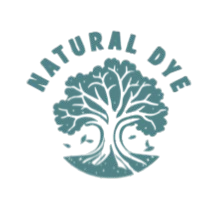
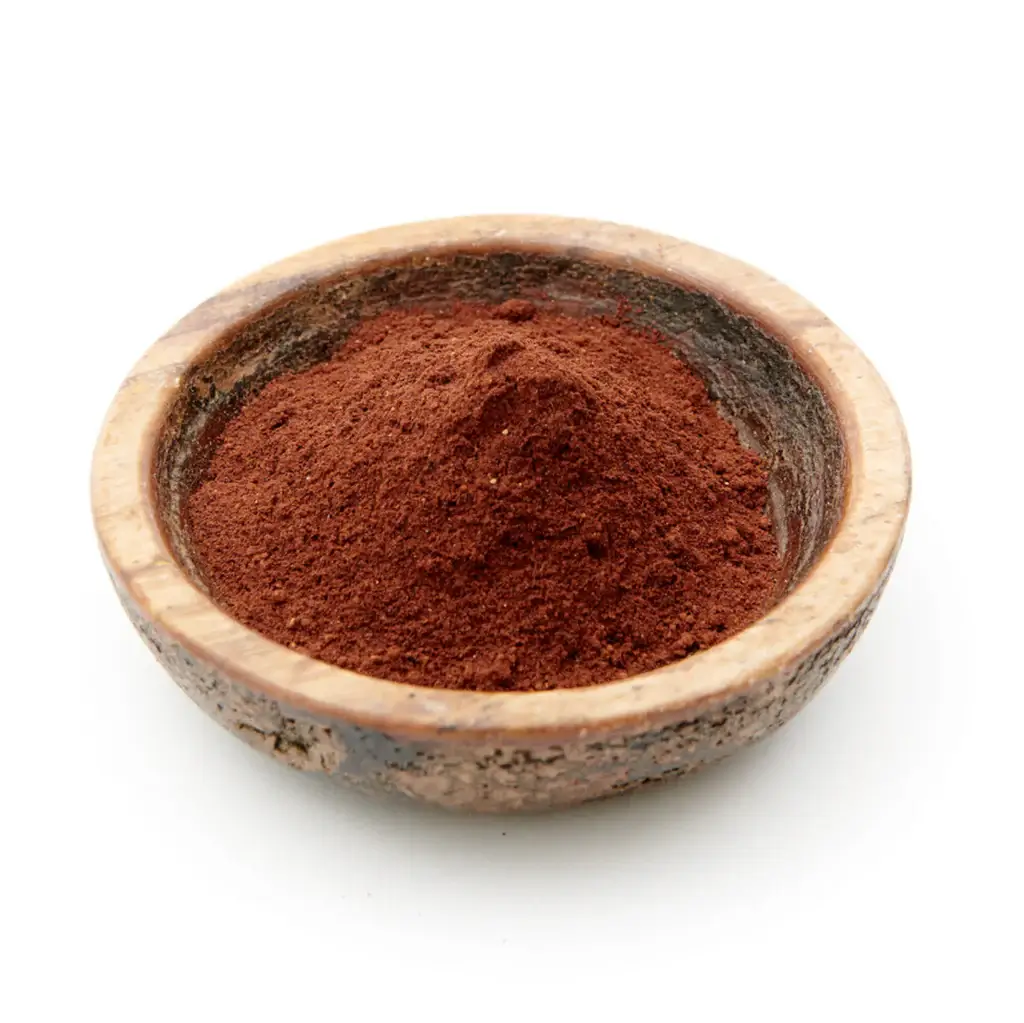
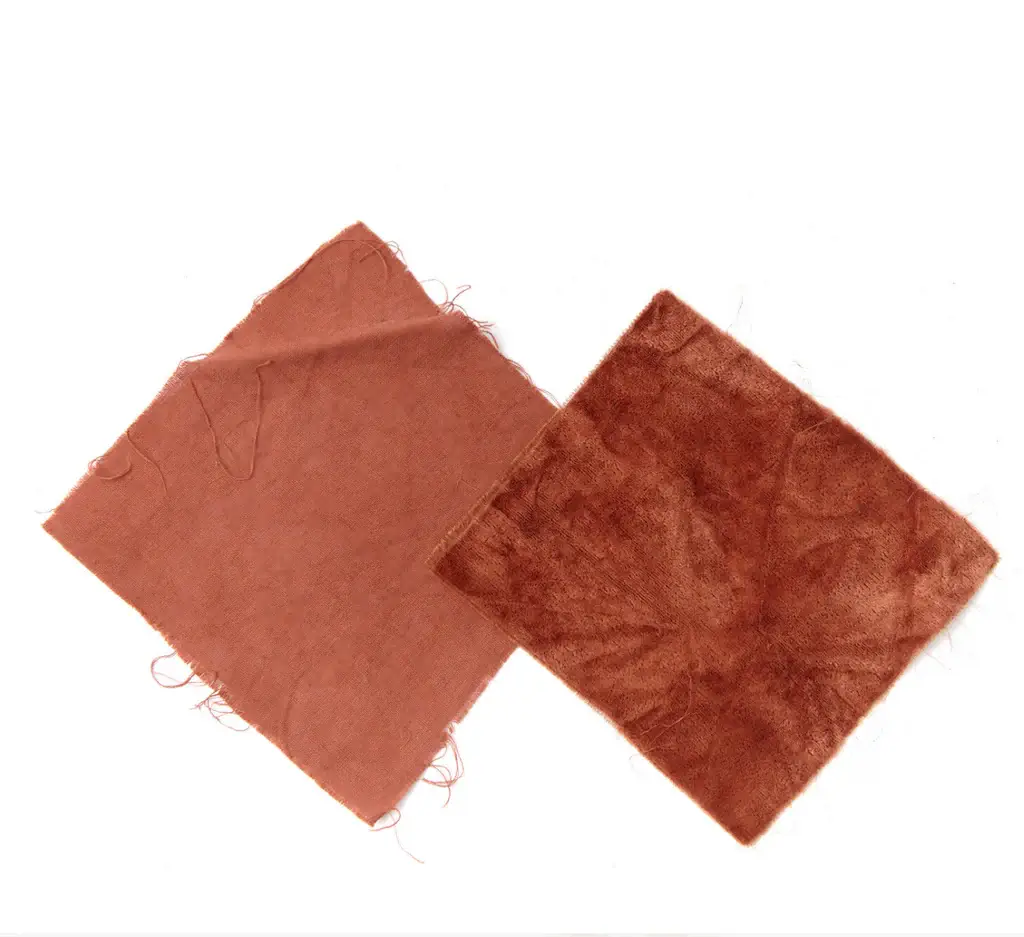
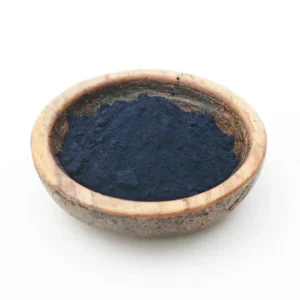
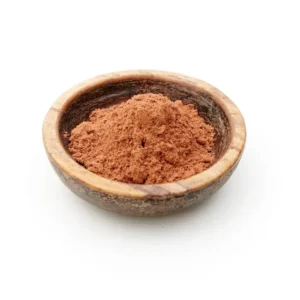
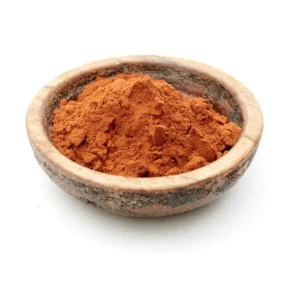
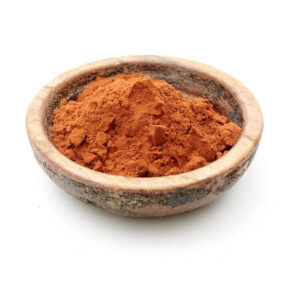
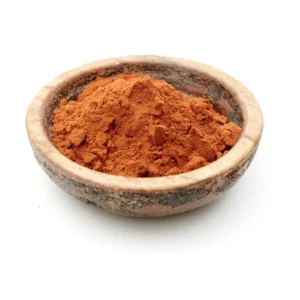
Reviews
There are no reviews yet.